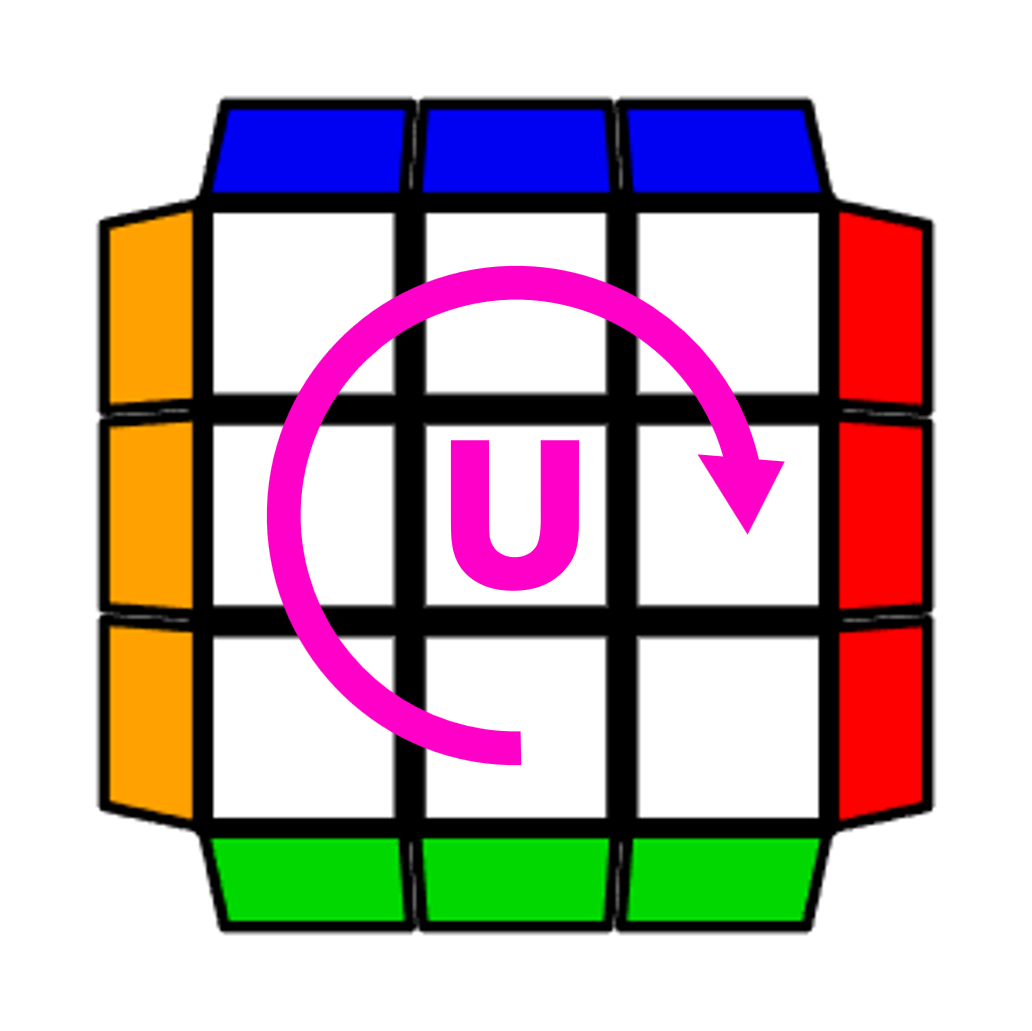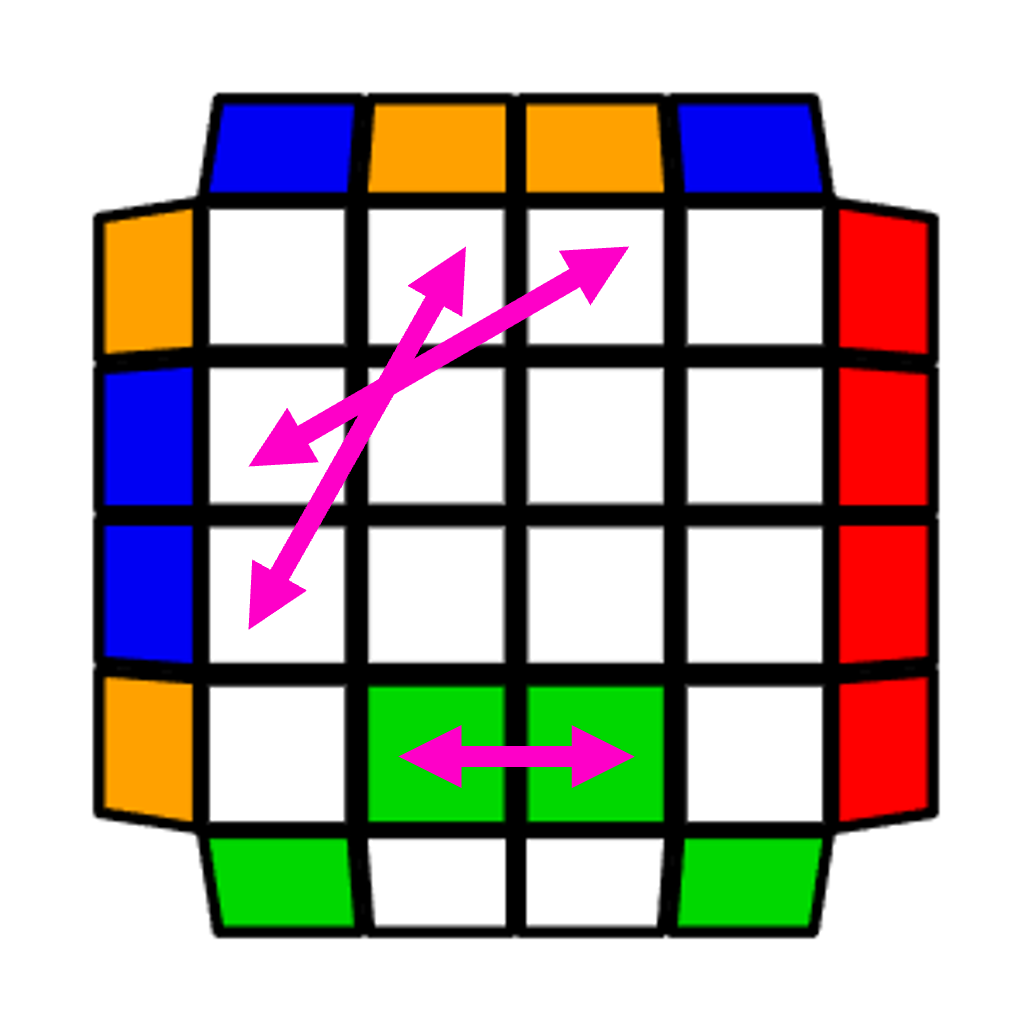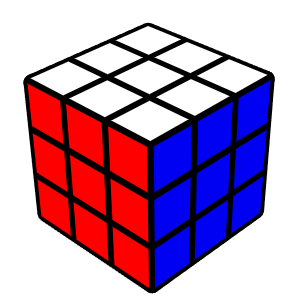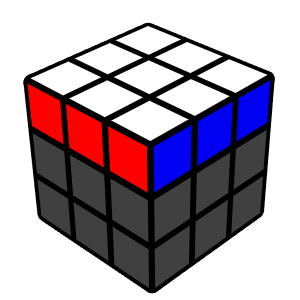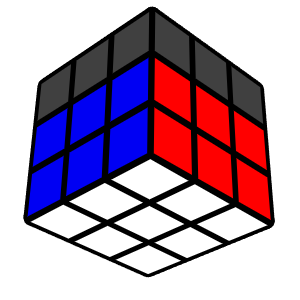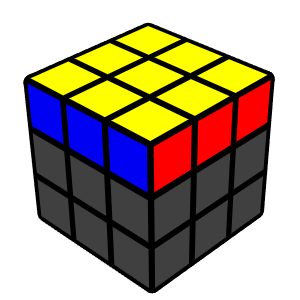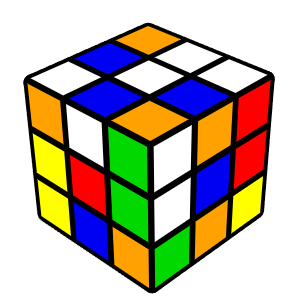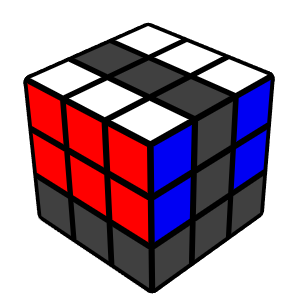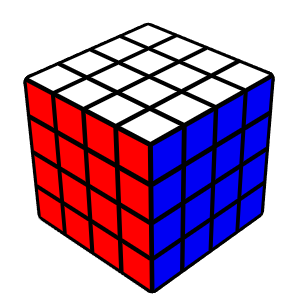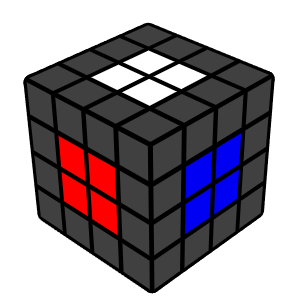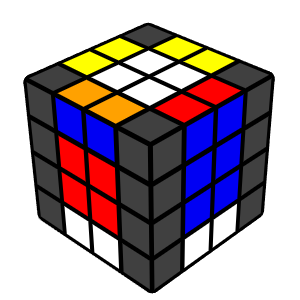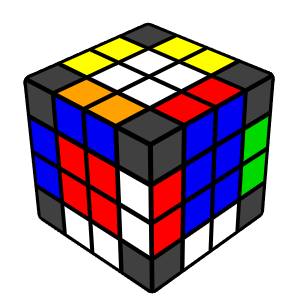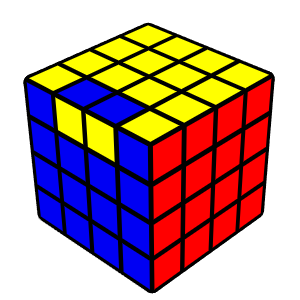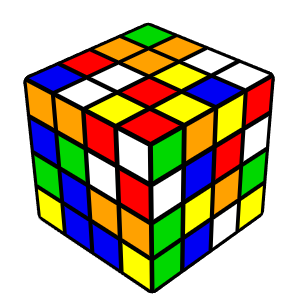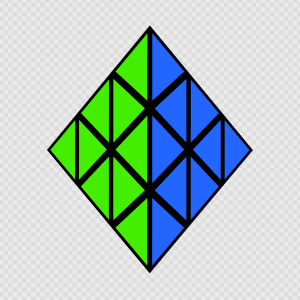Competition Results
I (occasionally) organize and participate in official competitions -- Follow the link for my World Cube Association (WCA) profile.
Kevin Chang | World Cube AssociationFrequently Asked Questions
What's speedsolving/
speedcubing/cubing?
People try to solve three-dimensional combination (twisty) puzzles, like the 3x3x3 Rubik's Cube, as fast as they can.
What's your personal best (PB, i.e., fastest unofficial time) on the 3x3x3?
My PB single is 6.517 and my PB average of 5 is 9.297. I usually solve between 10 to 12 seconds.
Do you need to be good at math?
Not really. Personally, I can count on 10 fingers, and that's about it.
What's your favorite cube to solve?
My favorite (and best ranking at competition) events are the "big cubes": 5x5x5, 6x6x6, and 7x7x7.
How's it done?
10% hand-eye coordination, 10% visual-spatial ability, 10% memory, 70% good old-fashioned practice
How can I get started with learning to solve?
There are countless tutorials online. Find one that makes sense to you! Then, see previous answer--practice diligently.
Course Resources
I taught COLL 134: Rubik's Cube/Twisty Puzzle and Speedsolving Theory, a 1-credit elective course at Rice University, for 3 semesters.
From the Syllabus:
In this course, students will learn the mathematical basis of twisty puzzle behavior, predominant methods of solving the Rubik's Cube (3x3) and Rubik's Revenge (4x4), and ways of constructing solves and critiquing their efficiency. Students should expect to spend time each week practicing solves of the 3x3 and 4x4, commentating on the choices they make to solve increasingly large portions of these puzzles. Students will also regularly analyze solution methods for the 3x3 and 4x4, through both physical manipulation and computer simulation of twisty puzzles.
Below is an archive of course documentation and lecture slides. Among other topics, they include steps for solving the 3x3x3 and 4x4x4.
